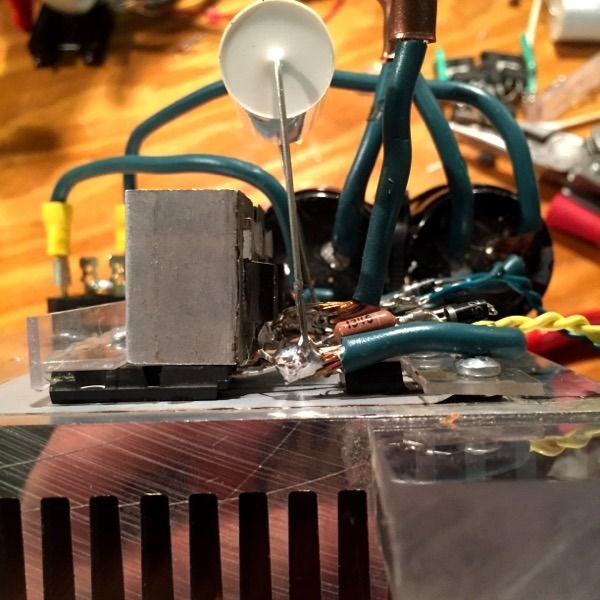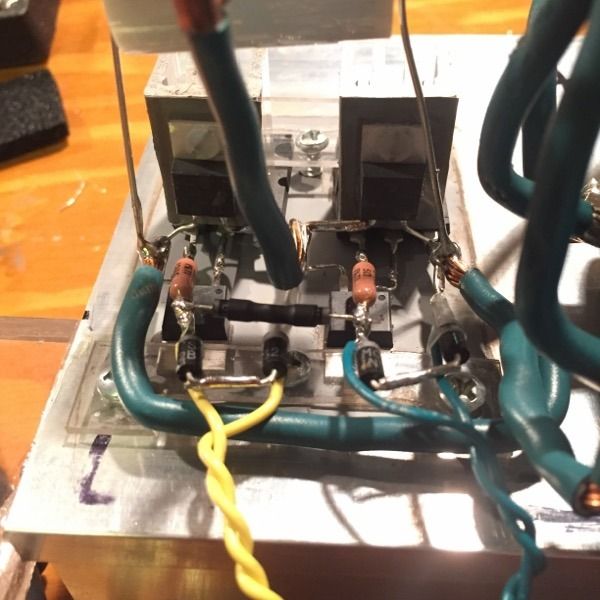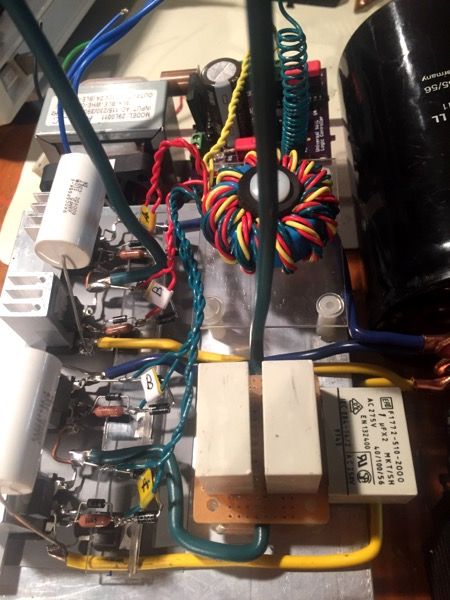Sigurthr
0
- Joined
- Dec 11, 2011
- Messages
- 4,364
- Points
- 83
Too bad it doesn't merge them into a single trace for differential, but that pic shows what I needed. Driver looks to be fine.
Now then, the next test would be to connect the GDT to the driver and scope the secondaries. This can be with the gdt disconnected or connected to the fets, as long as all the fets are good. Time to check the GDT, either way!
Now then, the next test would be to connect the GDT to the driver and scope the secondaries. This can be with the gdt disconnected or connected to the fets, as long as all the fets are good. Time to check the GDT, either way!









